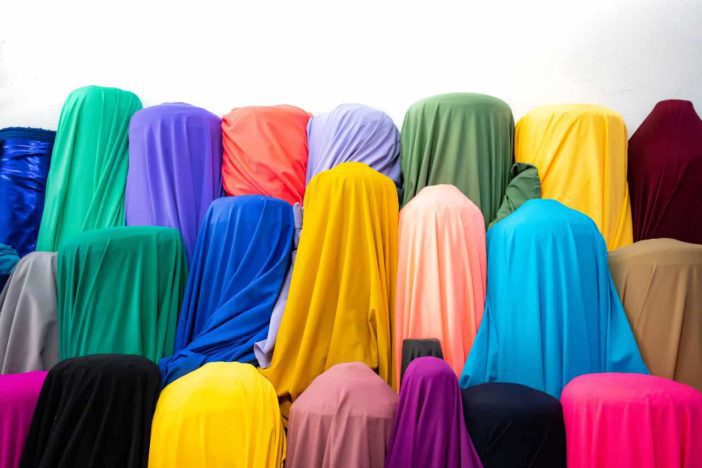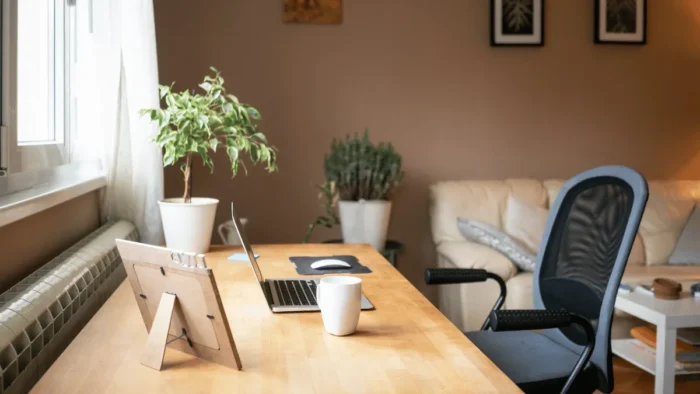Textiles are some of the more important elements used in planning and creating the look of commercial space.
Fabrics can create the right mood and set the tone based on the user or owner’s needs and the space’s purpose. With the right textures, colors, and patterns, you are sure to achieve the desired effect.
The right textiles can also help differentiate your space from that of neighboring businesses. Using them correctly allows your brand to stand out and boost instant recognition among your clients.
With these significant reasons, it definitely pays off to choose the right fabrics for your office and integrate them properly in the design and décor.
Incorporating Textiles in Your Office Interior Design and Décor
The number of different types of fabrics and various ways they can be integrated into the interior design might give you a hard time deciding which ones to get and where and how to use them.
Trusted fabrics suppliers in Dubai share below the best tips for choosing the right textiles to use in your office’s interior:
1. Think about where and how the fabric will be used.
In offices and commercial spaces, textiles are primarily used in upholstery and furniture coverings, and as window treatments.
When you know the areas where you will place these features, you can narrow down your options for fabric type and design smartly.
Sunlight exposure is one of the factors you have to consider in selecting fabrics for office use. All textiles fade over time. However, you can make them last a little longer by thinking about the amount of natural light they will be subjected to regularly.
For curtains, which will be exposed to sunlight every day, you will do well to choose polyester and nylon for your fabrics. They have excellent UV and wear resistance properties and, thus, won’t wear out quickly.
If durability and wear resistance are your top priorities for furniture upholstery, opt for nylon and polyester as well. Fabric blends and tightly woven textiles are also highly recommended.
If you plan to place the furniture in a low-traffic area where it won’t be exposed to sunlight and heat, you can choose more sensitive textiles, such as silk or linen.
2. Check the fabric’s level of durability.
Since workspaces are now moveable, your furniture and other textile features need to be able to withstand the wear and tear of constant movement and change.
As such, you need to choose durable fabrics, especially for your furniture pieces.
Whether you are investing in new or used furniture, it is crucial to ensure its durability since you can keep them until you move or rebrand.
Most furniture or upholstery textiles undergo the Martindale test or rub test. This measures the durability and abrasion resistance of fabrics.
The result of the Martindale test is a good indicator of how much wear and tear a fabric can take before there is an obvious change in its look and quality.
If the Martindale test score is high, you can expect the fabric to be really durable.
When shopping for fabrics, particularly if you are looking for ones to use for furniture upholstery, find out if they have a Martindale test score. You can get the details from the supplier or online.
3. Know the cleaning and maintenance requirements.
In high-traffic places, such as offices, you need to have fabric features that do not require thorough, heavy cleaning regularly.
Cotton and linen are the most low-maintenance fabrics. They are easy to clean since they can be machine-washed.
Synthetic materials, such as polyester, rayon, and acrylic fibers, are also naturally stain-resistant since liquids tend to sit on their surface instead of being absorbed, and are thus, also, low-maintenance.
Additionally, it is usually easier to remove stains from synthetic materials since they are more stable and not likely to shrink after contact with water.
You will also do well to check if the furniture and drapery fabric have undergone stain-resistant treatment. This additional step ensures the textiles resist stains better and help maintain their appearance longer with frequent spot cleaning and sporadic thorough washing.
The additional stain-resistant treatment also prevents the growth of molds, mildew, bacteria, and odors. As a result, the fabrics have longer lifespans and can maintain their appearance better.
Also, when shopping for textiles, find out what cleaning method works for them. Fabrics can be machine- or hand-washed or dry-cleaned. Make sure to follow the instructions for washing them to avoid damaging them and prolong their quality.
4. Choose the colors and patterns carefully.
Some fabric colors and patterns can look stylish and up-to-date for a long time. Others can go out of style within a year or two.
If you don’t want to keep replacing your curtains and furniture or reupholstering them every year, choose fabrics with classic colors that look great and withstand the test of time. Examples of these are black, grey, and dark blue.
Patterned fabrics are also effective in hiding stains and can withstand wear better than plain ones. However, make sure you choose designs that match your office’s overall style, theme, and aesthetics.
The colors and patterns you choose for your fabrics also play important roles in creating the mood and overall aesthetic you want for your office.
To create the right ambiance and tone, choose a color that represents the vibe you want your clients and guests to feel. If you need the reception area to have a happy, lively atmosphere, pick textiles with orange and yellow hues for your furniture and draperies.
If you want the receiving area and other rooms to highlight your company’s and team’s professionalism, play with different hues of blue in your textile features. This color palette can also help boost your employees’ productivity.
5. Consider your brand style.
Lastly, keep in mind that you can also use your textile features as branding tools. As such, include them in your branding strategy.
Incorporate your brand’s official color palette in your choice of textiles for your furniture and drapery. Doing so strengthens your brand and conveys the right messages and points about your company culture and image.
Moreover, it is a simple yet effective strategy for boosting brand recall among your clients and guests.
Incorporating your brand colors in fabrics doesn’t mean sticking to plain designs. You can play with different patterns. Or you can simply add them as focal points to make your furniture and window treatments more interesting. Also, they need to work with your overall interior style and theme.
When designing your office, avoid downplaying the important role fabrics play. Follow these tips and you will have features that improve the aesthetic of your business premises. Also, it will provide other benefits that will do wonders for your company.





